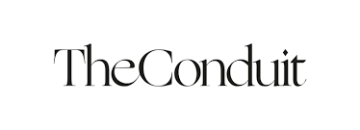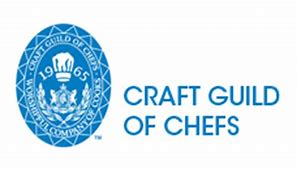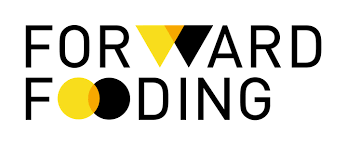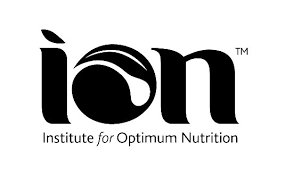20/04/2020
Women in Seafood & the Fishing Industry
We are delighted to see so much support & greater value around the UK’s food supply and the farmers, growers, food producers and people who fish in our seas. Before coronavirus made us think even more about traditional food supply chains, we had a fascinating discussion with Loren Hiller Senior Commercial Officer at the Marine Stewardship Council about women in the seafood & fishing industry. She gave her personal views about why the industry is so male dominated.

Fishing vessel crews are almost entirely men yet women make up a lot of workers on the land, mending nets or picking shellfish from sand – why do you think this tradition has continued into the 21st century? What stops women from moving into sea fishing?
Generally, women tend a play a small role in catching sector but that’s not surprising given that there are several pressures that discourage women from entering the sector. Fishing tends to stand out as an activity where women don’t feel as welcome. I think this has continued into the 21st century for different reasons unfortunately (but I’d love to see it change). Perhaps it’s due to ‘stereotypical’ reasons such as females having an apparent lack of required strength and that fishing is a dangerous livelihood.
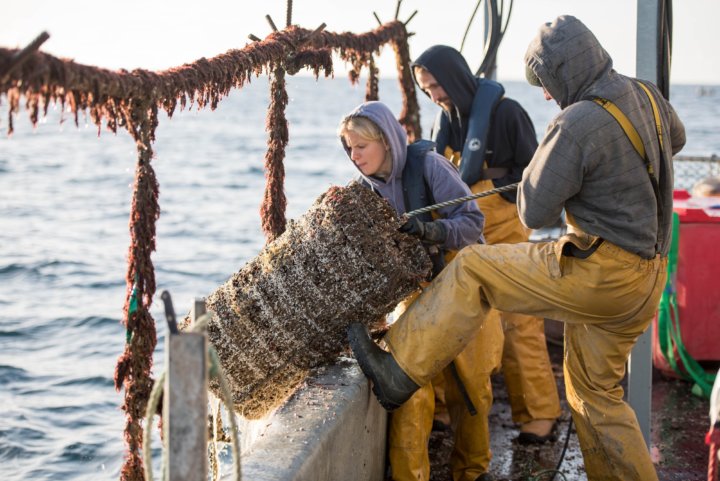
There are also the social factors including the need for extra facilitates on board, lack of comfort and the male/female divide. An important point to remember here is the role of women as the support system for their seagoing spouses, which is generally unrecognised and sees more women staying at home to look after the family, therefore not allowing them to pursue a career at sea. When considering the seafood industry as a whole, with fisheries, aquaculture, seafood processing and all related services, women represent half of the total working population worldwide (World Bank, 2012; OECD, 2014) and over 90% of the processing sector are female.
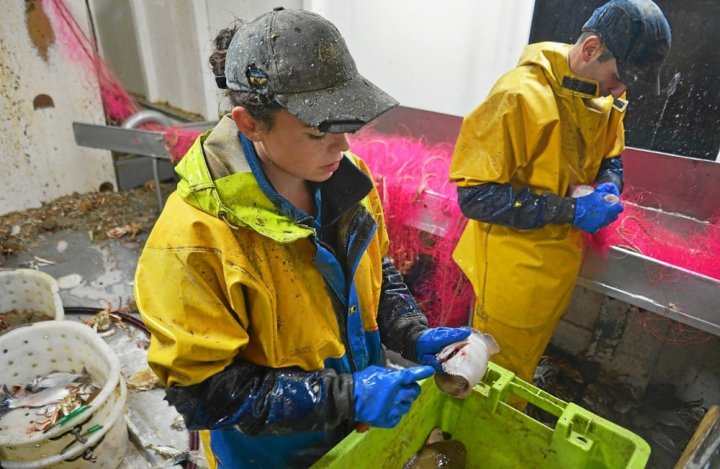
Why if this is true does fishing still in this modern age reflect that it’s a man’s job to do? Rarely do we see the women involved in the fishing sector, particularly in industrial fishing and the primary catch sector. I think it would be great to see more females on board and at sea and alongside that showcasing this more to dispel myths. Anecdotally, a Norwegian fishing vessel owner recently told me they have started hiring more females to work on board and go out on the long fishing trips, which I was really excited about. He said the dynamic has changed and he hopes to see it continue across other vessels.
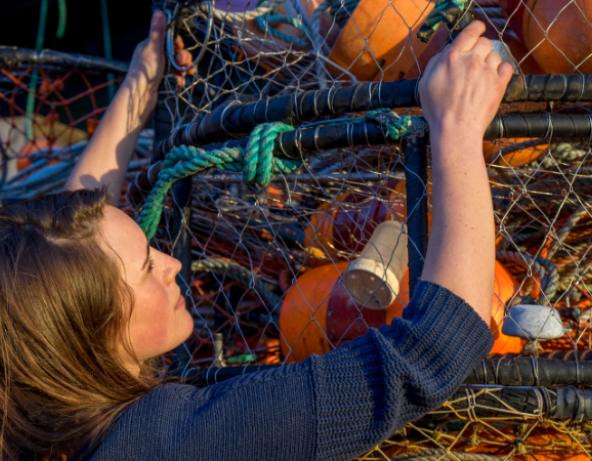
What can be done to improve women’s visibility in the seafood industry?
A key action to improve visibility of women in the seafood sector is to prioritise gender equality on the seafood industry’s agenda. In many ways, of course, it is now more welcoming for young women to join the seafood industry, but there is still a lot that can be done. While the seafood industry is tends to be dominated by a high number of women, a 2017 report by Women in Seafood International says there is still a strong gendered division of labour where women occupy low revenue jobs and remain partially absent at the other end of the value chain. I think this is one of the biggest challenges we face.
In order to improve women’s visibility, let’s start creating opportunities and a nurturing work environment that promotes and develops key skill sets. It is not just women who need to lead this conversation, but men must also be engaged so that policies can be adopted and enshrined that encourage businesses to recognise and reward talented women who can add huge value to the workplace.
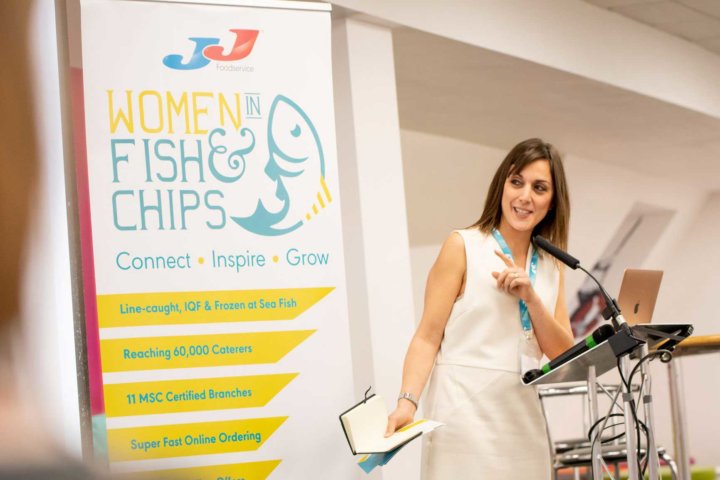
Another key action to improve visibility of women in the seafood sector is to create events or ‘moments’ where we can recognise talent in the female labour force. This is why International Women’s Day is so crucial. I’m excited to see new initiatives moving forward, such as the Women in Fish and Chips event hosted by JJ Foodservice, which aims to promote and connect women working in the Fish and Chip sector. I was honoured to be part of this event, and really enjoyed connecting with other female operators and appreciating how events like this can support women as they grow their business networks. Hopefully there will be more events, like Women in Fish and Chips, across different sectors of the industry.
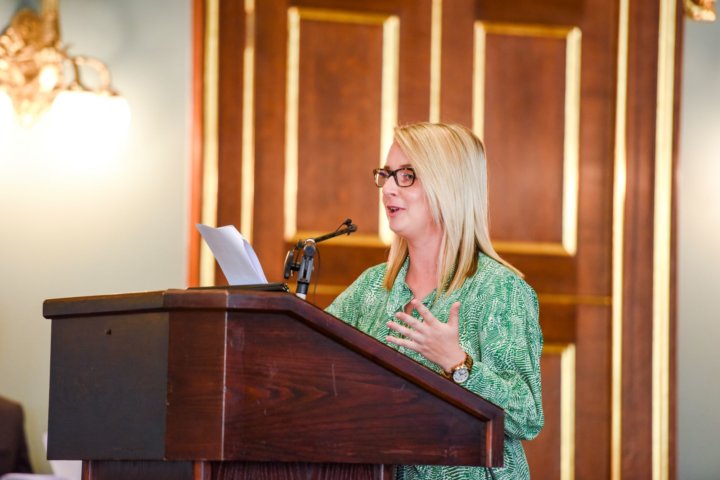
There are strong reasons for optimism and I am honoured to work with talented, passionate, dynamic and ambitious women in my team at the Marine Stewardship Council. I view my career and role in the industry as a step in the right direction – to break the mould of seafood being male-dominated. I really urge other women to follow their passion and believe in themselves and other women as they pursue their career.
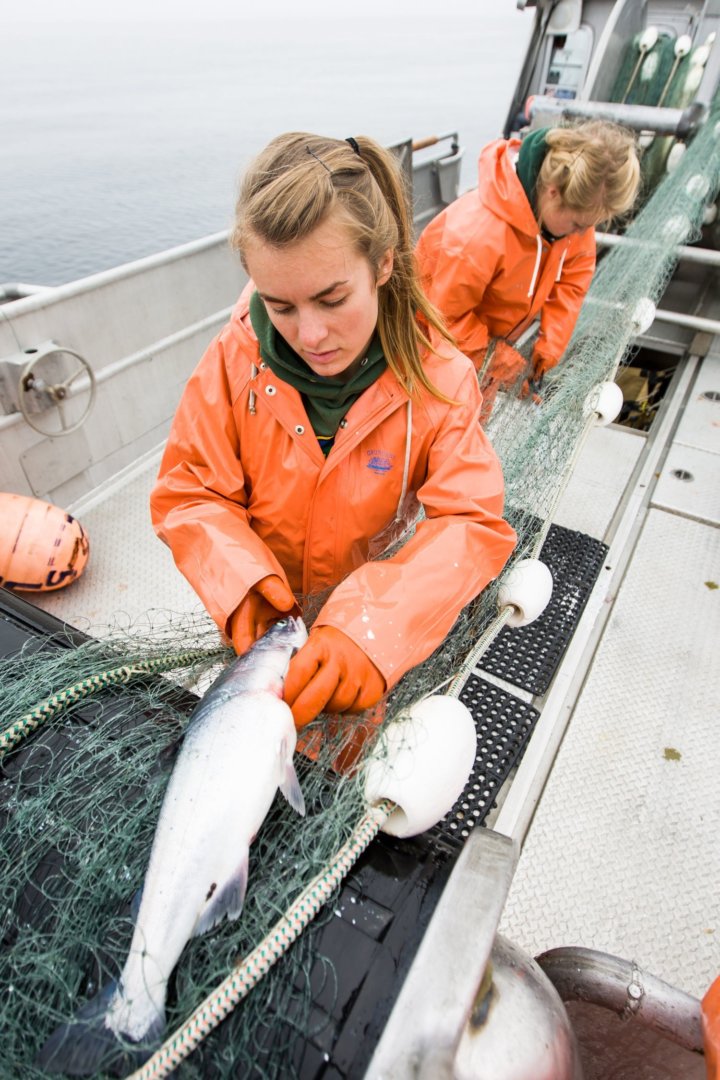
What can be done to encourage a younger generation to move into the seafood industry?
In a growing world where it’s predicted that we’ll reach 9 billion people on this earth by 2050, it’s crucial now more than ever that we have young, talented and inspiring people to transform the seafood industry into one that is sustainable, providing seafood for generations to come.
According to the FAO, over 1 billion people rely on fish as their main source of protein, however our growing global population is occurring at a time where we need sustainable, low-carbon protein more than ever. The ocean is facing unprecedented threats from global warming, acidification and plastic pollution, so we need bright, female minds of the future to engage in solutions that can see fishing continue for now and in the future.
The younger generation is vital to realising a future that can support environmental improvements while at the same time fuelling a thriving seafood industry. I see a world where we can ‘have our fish and eat it too!’. Women will be key to realising this future and it’s time we start breaking down misconceptions about gender roles in the seafood industry and instead project positive messages about the wide range of exciting professions that the sector has to offer. ).
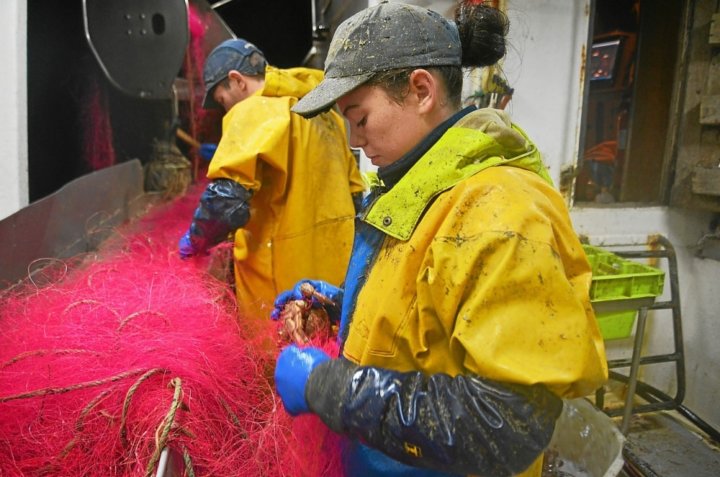
So, what can we do to encourage a younger generation of women into the sector? While it’s not a typical common career path spoken about school or at a career’s day event, maybe now is the time that it should be. The seafood industry should engage with local communities and schools to develop opportunities and attract the next generation into what I think is an inspiring and forward-thinking sector.
An alumni of women educated in the marine and fisheries space should be developed to ensure we stay connected and pass these connections on to younger generations of seafood enthusiasts! For example, I’m soon going to my old secondary school to talk about careers in science and my work within the seafood industry. We need more of this. And more connection to create a movement that inspires the next generation.
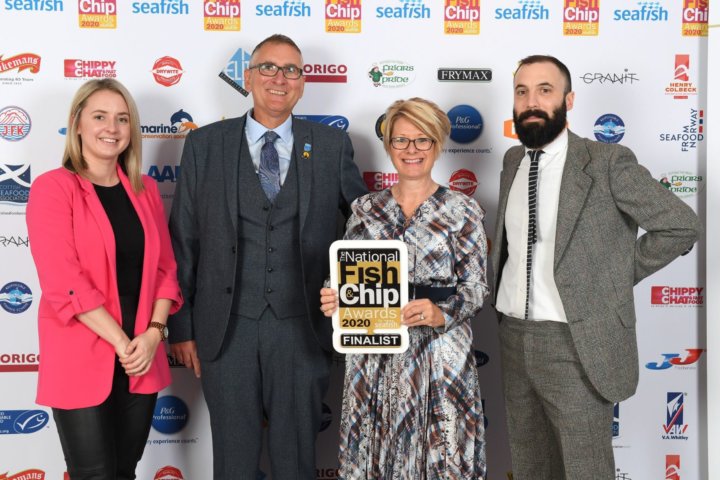
This younger generation also needs a platform to share ideas and shape the future of this thriving and sustainable industry, after all, they are the future! And while we know there are challenges within the seafood industry – as there are with any sector – it’s not all doom and gloom, as some would like to think! There’s reason to be optimistic and the key is spreading the message far and wide to the younger generations, including finding ways to promote sustainable seafood consumption as a healthy, tasty, low carbon protein to the younger generation.
Perhaps a ‘Greta Thunberg’ of the seafood industry is all we need to sell the message and inspire a movement to only source and eat sustainable seafood, protecting precious fish stocks and marine habitats, while also protecting the future of the seafood industry.
Look out for more news, interviews and opinions from inspiring women in the food industry. Be the first to hear by signing up to our newsletter.

